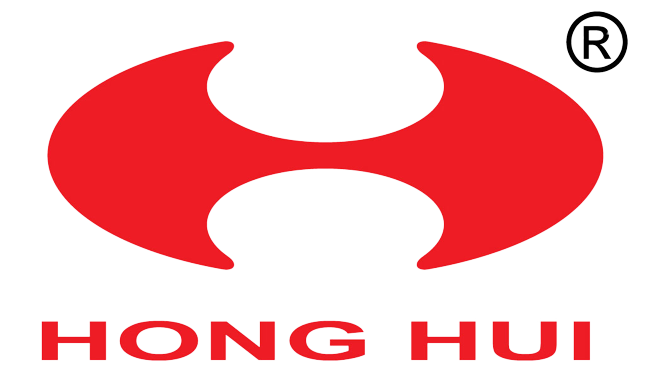07
2023
-
09
Introduction to differential spider gears in Cast & Forged
Differential spider gears in Cast & Forged are a critical component of modern automotive differentials. The differential plays a crucial role in the functioning of a vehicle’s drivetrain, allowing the wheels to rotate at different speeds while maintaining proper power distribution.
Differential spider gears in Cast & Forged are a critical component of modern automotive differentials. The differential plays a crucial role in the functioning of a vehicle’s drivetrain, allowing the wheels to rotate at different speeds while maintaining proper power distribution.
Differential spider gears, also known as differential pinion gears or spider gears, are located within the differential carrier assembly. They connect the differential side gears to the axle shafts, facilitating power distribution between the wheels. These gears are designed to allow the differential to operate smoothly while providing necessary torque transfer when a vehicle encounters variations in traction or turns.
Design Considerations for differential spider gears in Cast & Forged:
Cast and forged materials are commonly used for manufacturing differential spider gears due to their excellent strength and durability. When designing spider gears, engineers need to consider factors such as load-bearing capacity, material selection, gear ratio, tolerance, and backlash. The design ensures optimal torque transfer and a balance between power distribution and stability during various driving conditions.
Manufacturing Process:
The manufacturing of cast spider gears involves pouring molten metal into a pre-designed mold cavity, allowing it to solidify and take the desired shape. Post-casting processes like heat treatment and machining are employed to enhance the gear’s mechanical properties and achieve precise dimensions.
In contrast, forged spider gears are created by subjecting heated metal bars to extreme pressure, shaping them into the desired gear profile. The forging process enhances the material’s strength and grain structure, resulting in superior mechanical properties and improved fatigue resistance.
Advantages of differential spider gears in Cast & Forged:
Strength and Durability: Both cast and forged spider gears possess excellent strength and durability characteristics necessary to withstand high torque loads and extreme operating conditions.
Cost Efficiency: The ability to mass-produce cast spider gears at a relatively lower cost makes them a cost-effective solution for many automotive manufacturers.
Enhanced Performance: Forged spider gears, with their superior material properties, offer improved performance, including reduced wear, lower friction, and improved torque transfer.
Conclusion:
Differential spider gears in Cast & Forged are integral to the smooth and efficient functioning of a vehicle’s drivetrain. Their robust design, manufacturing process, and material selection play a vital role in ensuring reliable torque transfer, stability, and durability. Automotive manufacturers continue to rely on cast and forged spider gears, harnessing their advantages to enhance vehicle performance and overall driving experience.
Related news
 Esperanto
Esperanto
 Shqiptare
Shqiptare
 Euskara
Euskara
 Zulu
Zulu
 Latinus
Latinus
 Cymraeg
Cymraeg
 தமிழ்
தமிழ்
 Slovak
Slovak
 Slovak
Slovak
 Afrikaans
Afrikaans
Share
Copyright© 2023 Jinjiang Honghui Automobile Parts Manufacture Co, Ltd. Powered by www.300.cn Tag

